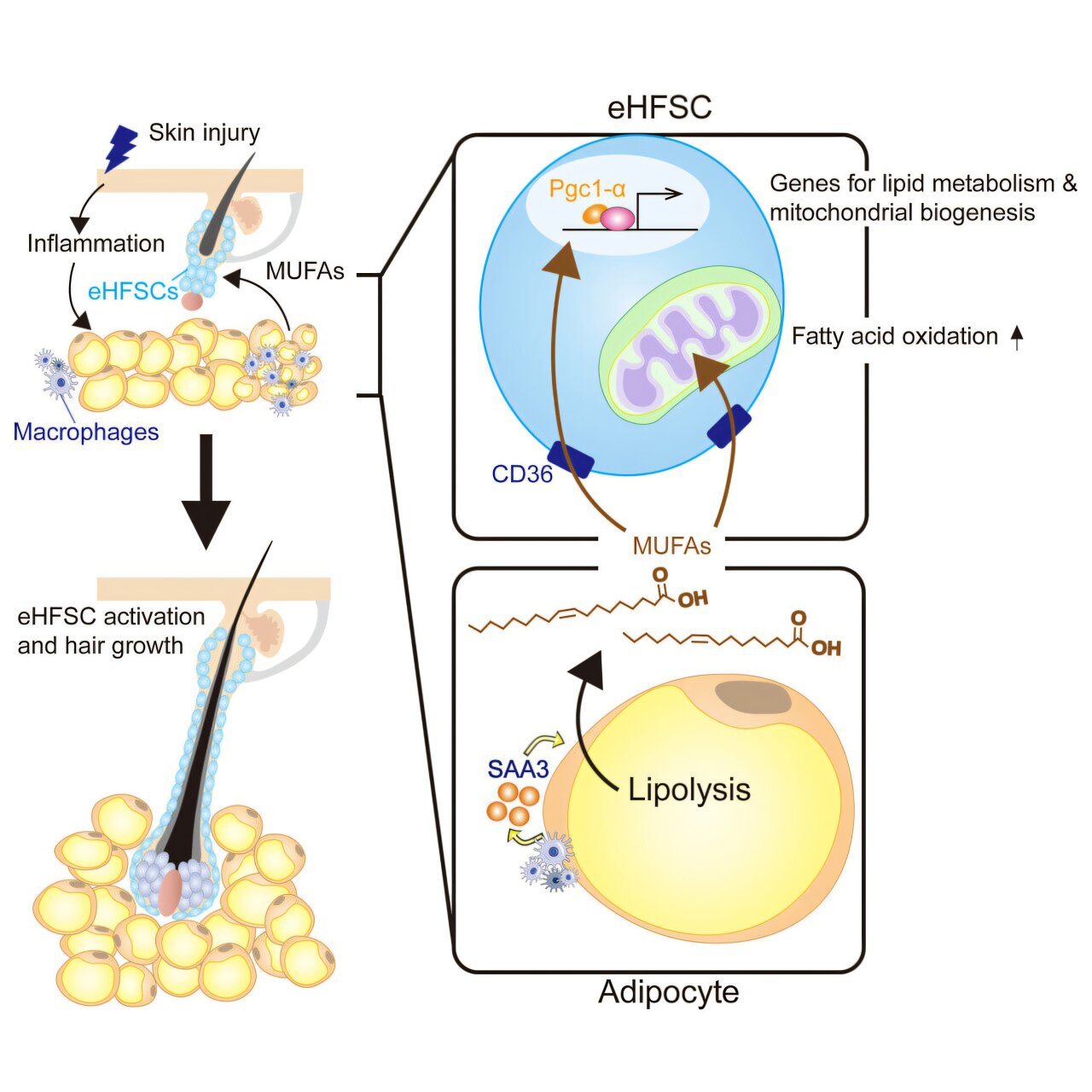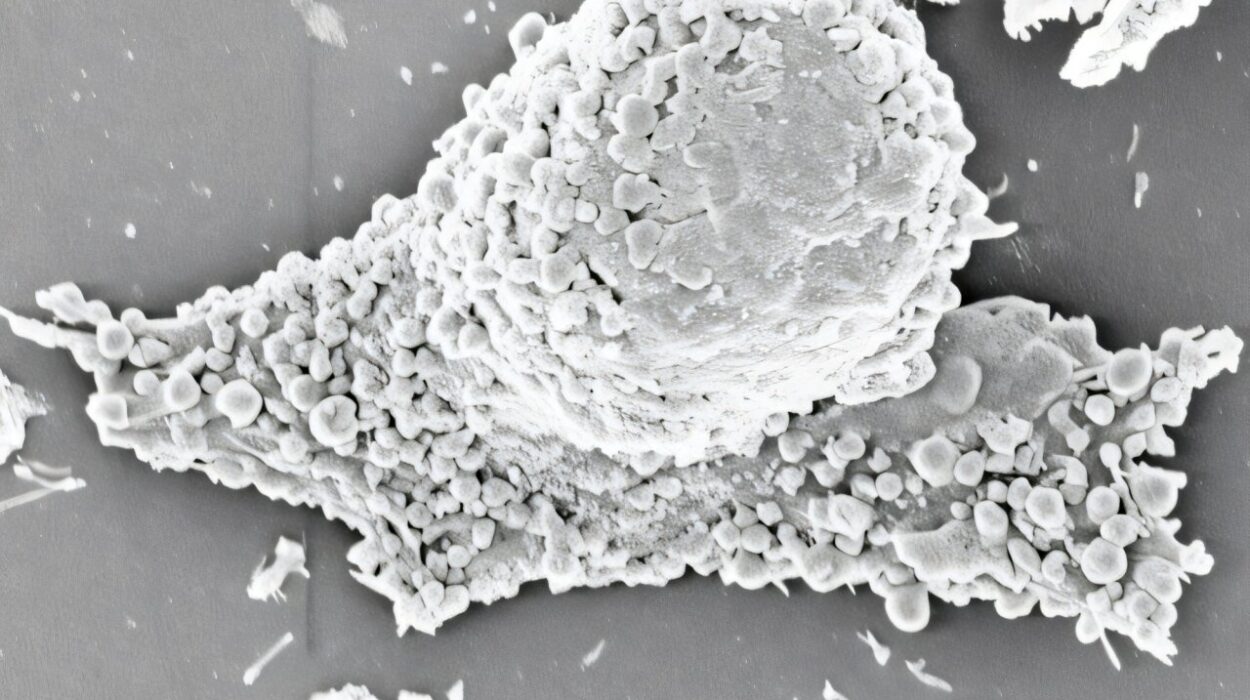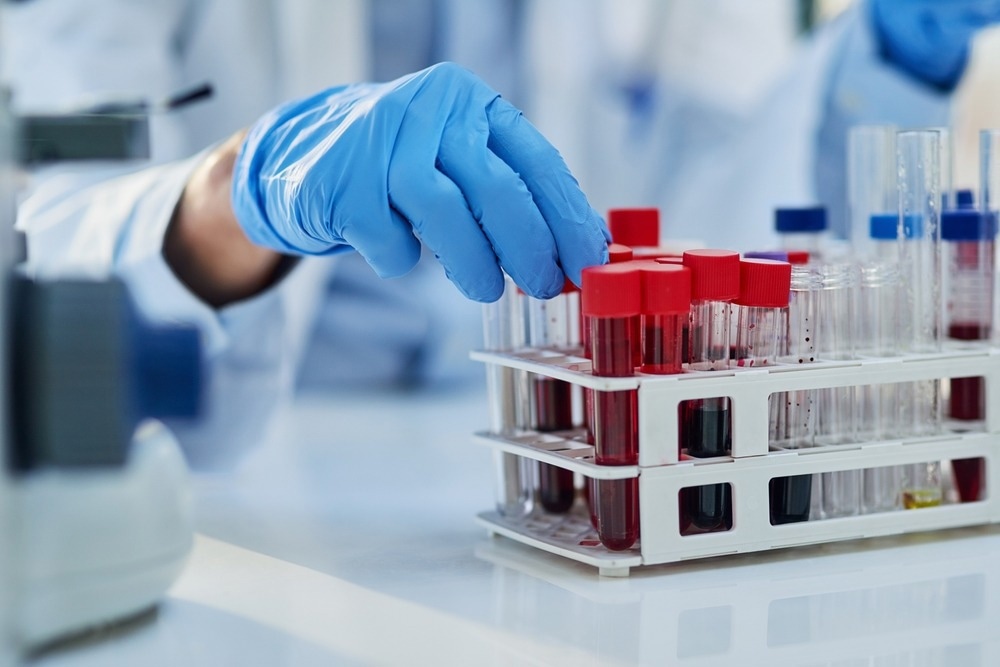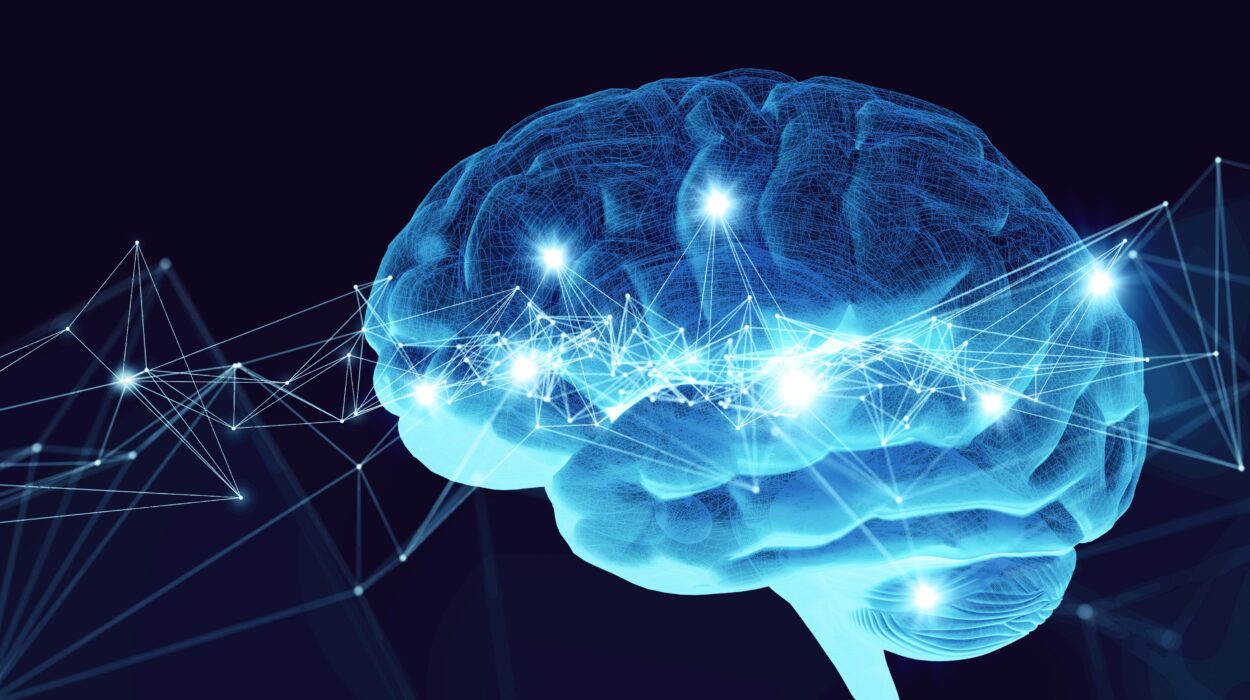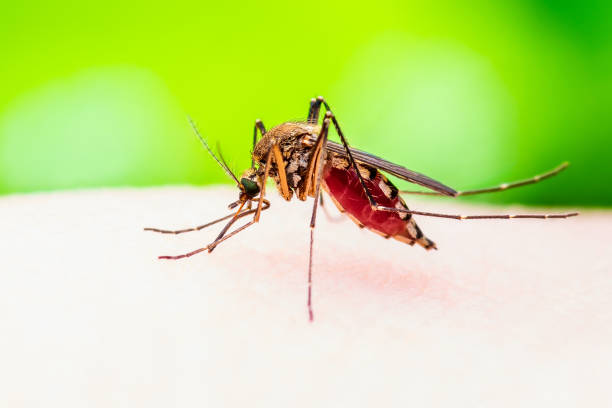Baldness has always been framed as a permanent loss: once hair disappears, it is gone for good. But science has been forcing a quiet revision of that assumption. Even in balding scalps, the follicles do not vanish — they shrink and fall silent. Stem cells inside them remain, dormant but intact, like lights turned off in an unused room. The mystery is not whether hair could regrow, but what biological signal might wake those silent stem cells again.
A new study led by researchers at National Taiwan University, working with collaborators in Taiwan and the United States, offers a bold and unexpected answer: fat. Specifically, a metabolic process inside fat cells called lipolysis — the breakdown of stored lipids — appears to send a chemical signal that switches hair follicle stem cells back on and drives hair regeneration. The findings, published in Cell Metabolism, identify a previously unknown communication link between immune cells, adipose tissue, and epithelial stem cells — a chain reaction beneath the skin that converts injury into regrowth.
When Injury Turns On Hair
Skin is not just a barrier; it is a living, hormone-sensitive lipid ecosystem. Beneath the surface lies a layer of dermal white adipose tissue packed with adipocytes — fat cells that cushion, insulate, secrete signals, and regulate repair. Previous work had hinted that after minor injury, low-grade inflammation can rouse follicles from dormancy. But the missing piece was how those inflammatory cues were converted into a targeted regenerative command.
To investigate that conversion step, the team used mouse models of controlled skin irritation and thermal injury. In one set of experiments, they applied topical sodium dodecyl sulfate — a detergent that irritates skin — to shaved mice whose follicles were in a natural resting phase when regrowth would not normally occur. The skin reddened, thickened, and immune cells surged to the surface. Days later, hair began to regrow long before the biological schedule would have allowed it.
Beneath the epidermis, the quiet fat layer was anything but passive. Adipocytes rapidly shifted into lipolysis: lipid droplets shrank, triglycerides fell, free fatty acids rose, and a key lipolysis protein, PLIN1, became activated. When the team chemically blocked ATGL — the rate-limiting lipase that initiates fat breakdown — lipolysis stopped and hair failed to return. A deeper laser-injury model produced the same dependency: without lipolysis, there was no regeneration.
Macrophages Pull the First Trigger
Inflammation was the spark, but not all inflammatory actors mattered. The team disabled TNFα and IL-1 signaling — two classic inflammatory cytokines — yet hair still regrew. By contrast, when they used steroids to suppress inflammation more broadly, lipolysis was silenced and follicles stayed dormant. Something else in the inflammatory mix was essential.
Spatial transcriptomics pointed strongly to macrophages — immune cells known for clearing injury and shaping tissue repair. Macrophages migrated into dermal fat and expressed SAA3, a protein that appeared to act as a metabolic messenger. When macrophages were depleted, SAA3 expression dropped, lipolysis collapsed, and hair failed to regenerate. Depleting neutrophils or disabling adaptive immunity did not have the same effect. The regenerative axis, the authors argue, runs specifically macrophage → adipocyte → epithelial stem cell.
Fat as a Messenger, Not Just a Fuel Depot
The most surprising downstream result was not just that lipolysis occurred, but that the released fatty acids themselves mattered. Monounsaturated fatty acids — a specific class liberated during lipolysis — appeared to be the active cue that directly stimulated hair follicle stem cells. When researchers applied monounsaturated fatty acids topically, hair regrowth accelerated even without additional injury, hinting at a therapeutic path.
This places fat in a new conceptual role: not as structural filler, but as an endocrine relay translating immune stress into regenerative commands. The adipocyte is no longer just a passive storage cell but a metabolic switch capable of dictating stem cell fate.
A Mouse Mechanism With Human Potential — And Caveats
The work was done almost entirely in mouse skin, which differs from human skin in meaningful ways. Mice express SAA3 in the relevant adipocytes; humans rely more on SAA1/2. The study did not test regeneration in human tissue, so the pathway may not map directly. Still, the logic of the circuit — injury induces macrophages, macrophages induce lipolysis, lipolysis releases fatty acids, fatty acids awaken stem cells — offers a testable blueprint.
And crucially, the follicles in balding human scalps resemble the follicles in resting mouse skin: intact but quiescent. That similarity keeps the door open. If monounsaturated fatty acids or drugs that mimic lipolytic signaling can be delivered in a controlled and localized way, they might reawaken dormant follicles without systemic inflammation or surgical intervention.
A Paradigm Shift Beneath the Surface
This study reframes hair loss not simply as a hormonal or genetic failure but as a communication breakdown inside a multicellular microenvironment. It tells a different story about tissue renewal: regeneration may not require adding something new to the body but reactivating a dialogue that has fallen silent.
In an era when regenerative medicine looks increasingly to endogenous repair — turning back on what evolution built rather than rebuilding from scratch — this macrophage-fat-stem-cell axis is a profound illustration. Fat is not the enemy of hair; under the right signal, it is the herald of its return.
Whether that insight matures into a new class of therapies remains to be tested. But the principle it demonstrates is already disruptive: sometimes the key to restoring visible life sits invisible beneath it, waiting for the right language to be spoken in molecules rather than words.
More information: Kang-Yu Tai et al, Adipocyte lipolysis activates epithelial stem cells for hair regeneration through fatty acid metabolic signaling, Cell Metabolism (2025). DOI: 10.1016/j.cmet.2025.09.012
